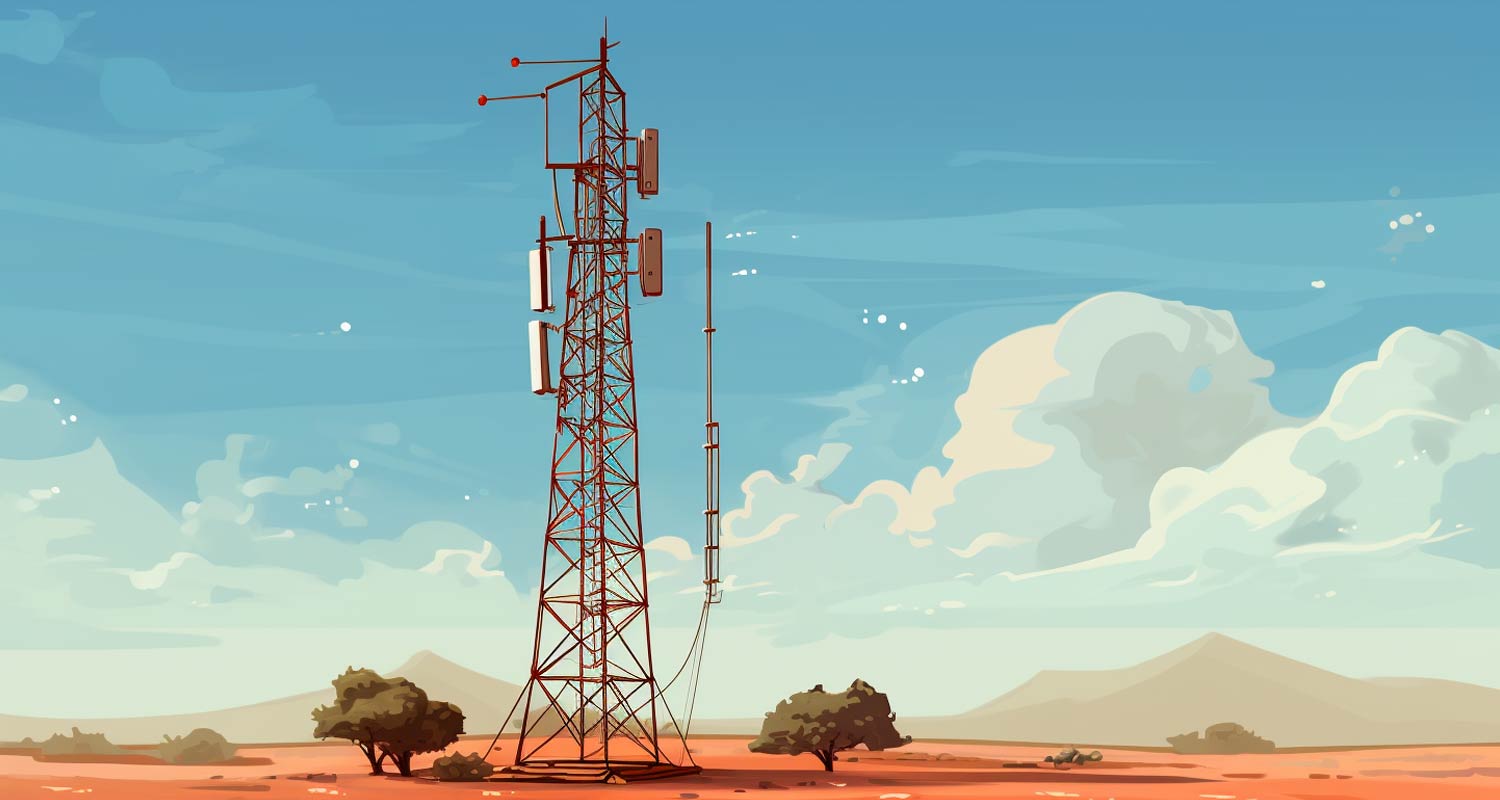 In a significant development in South Africa’s long-running migration from analogue to digital terrestrial television, broadcasters this week finally vacated the “digital dividend” bands, paving the way for telecommunications operators to use them for broadband services.
In a significant development in South Africa’s long-running migration from analogue to digital terrestrial television, broadcasters this week finally vacated the “digital dividend” bands, paving the way for telecommunications operators to use them for broadband services.
The move, which saw state-owned broadcasting signal distributor Sentech moving the SABC and e.tv out of the 700MHz and 800MHz bands comes 13 years after South Africa originally promised to complete the migration programme.
Three of South Africa’s main telecoms network operators have told TechCentral that their spectrum in the digital dividend bands is available for the deployment of mobile broadband services after communications minister Mondli Gungubele had set a 31 July deadline for the broadcasters to vacate bands above 694MHz.
“Vodacom is encouraged by the recent attempts by the broadcasters to expedite their migration out of the IMT700 and IMT800 spectrum bands,” said Vodacom spokesman Byron Kennedy.
Vodacom spent R5.4-billion in the 2022 spectrum auction. Part of that spending was to acquire 20MHz in the 700MHz band, which was not fully available to the network before this week.
“While we have noted recent reductions in interference on the IMT700 spectrum band, we are working closely with [communications regulator] Icasa to validate the extent to which the band has been cleared. Given the large areas that are affected, we anticipate that it will take the teams a few weeks to conclude their analysis. In the meantime, Vodacom will continue with its planned network rollout in areas that are interference free,” Kennedy said in an e-mailed response to questions.
MTN, meanwhile, spent R5.2-billion in last year’s spectrum auction, part of which secured 20MHz in the 800MHz band. The company has also begun deployment in the digital dividend bands following the movement of broadcasters to lower frequencies.
Digital dividend
“MTN has been deploying infrastructure to enable the 800MHz spectrum that was acquired in the spectrum auction in 2022. The immediate focus is to activate the spectrum in underserved areas first in order to meet the 92% population coverage obligation,” said MTN South Africa chief sustainability and corporate affairs spokeswoman Jacqui O’ Sullivan.
Wireless broadband operator Rain also bought spectrum in the digital dividend bands in the auction. Part of its total spending of R1.4-billion secured 20MHz in the 700MHz band.
“We confirm that we do have access to the spectrum and we have started roll out of our 700MHz layer,” marketing head Marina Loubser told TechCentral.
Telkom did not respond for a request for comment.
 The aim of the digital migration project is to move all terrestrial broadcasting services from analogue to digital technologies in line with international standards set by the International Telecommunication Union (ITU), making scarce spectrum bands available for the deployment of telecoms services.
The aim of the digital migration project is to move all terrestrial broadcasting services from analogue to digital technologies in line with international standards set by the International Telecommunication Union (ITU), making scarce spectrum bands available for the deployment of telecoms services.
The SABC, e.tv and community broadcasters that have vacated the digital dividend bands have been “temporarily accommodated” in lower frequencies to give them time to prepare for their migration to digital, which requires that some viewers get set-top boxes.
Read: MTN, Vodacom spend big in spectrum auction
In the meantime, customers of Telkom, Vodacom, MTN and Rain should experience improved coverage as each telecoms provider progresses further in its deployment efforts.
“Over the course of the next several months, customers should find an improvement in LTE coverage areas where we have activated the IMT700 spectrum,” said Vodacom’s Kennedy. – © 2023 NewsCentral Media




